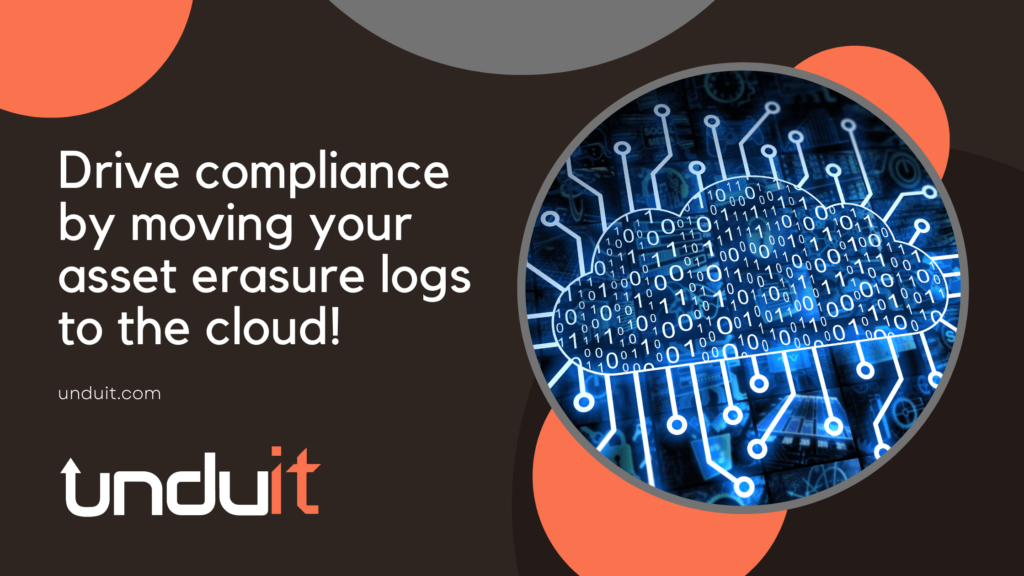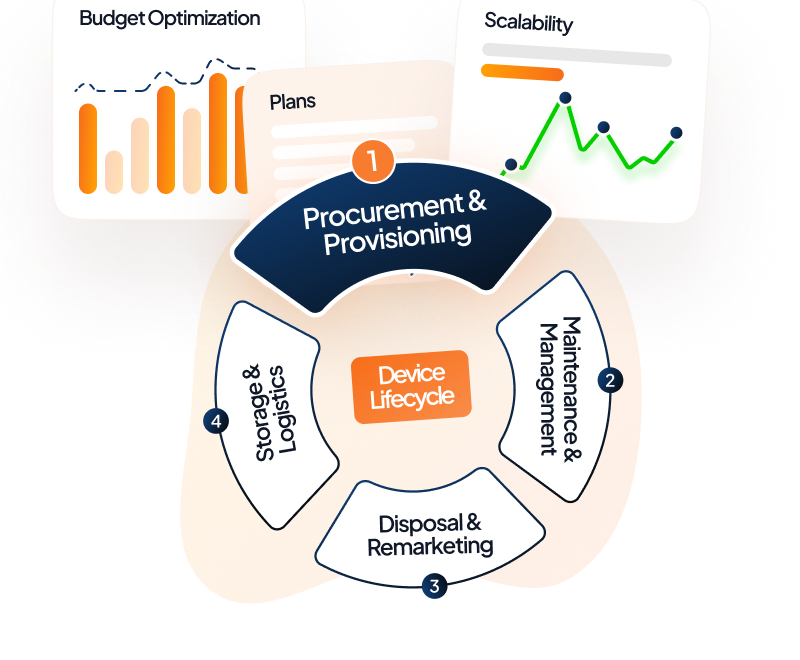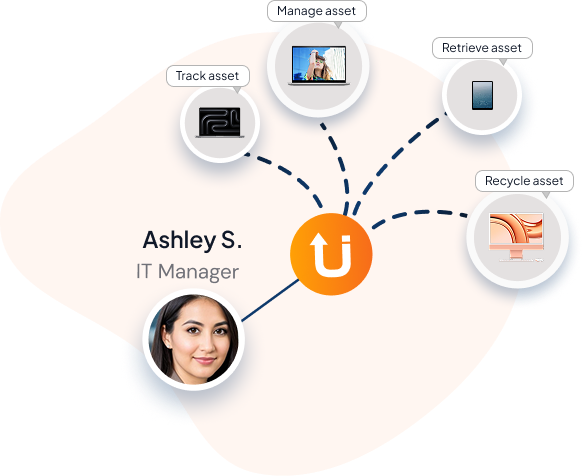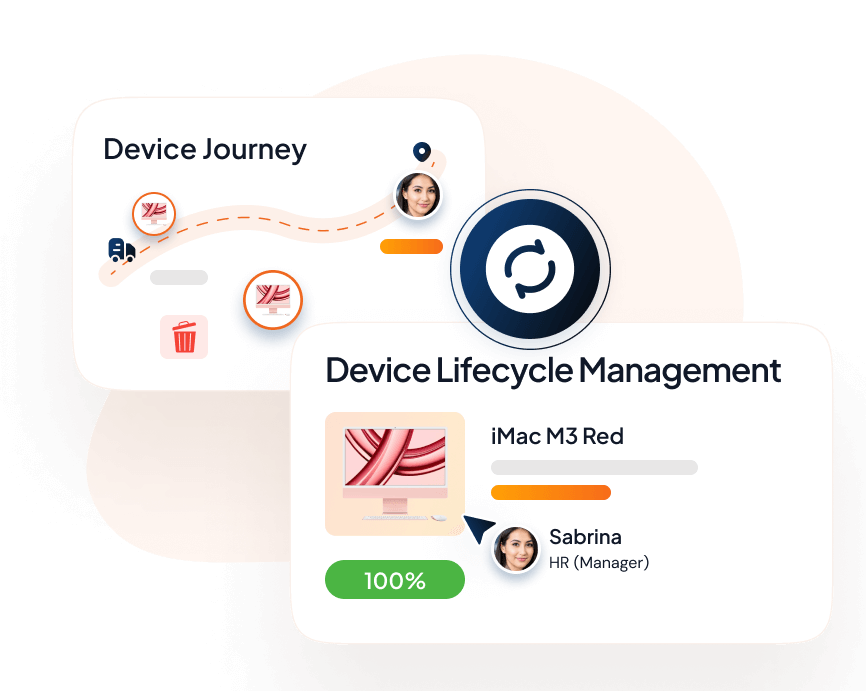The purpose of logging data is to comply with the regulatory structures such as the GDPR. Logging enables the organization to monitor and audit internal processing within any automated processing system being used. Erasure logging is a necessity for any IT based organization and is only a benefit for it. Once an asset has been erased there is next to no chance for the data to be recovered which would leave you nowhere if data that has been destroyed comes back to haunt you due to a breach prior to the erasure process or a faulty erasure process. This is where erasure logging will come in handy to audit and find the root of the problem and then manage it accordingly.
Erasure logging is not a new process that IT companies follow to make sure data is secure, but the pandemic has brought new challenges to this process. Remote workers access organization databases through weak security network channels each day and magnify the cybersecurity threat. Data that is deleted on site or remotely is a lability and companies must manage all assets being used. Assets on site go through the erasure process and logging easily but when it comes to remote workers it takes time and vigilance because the data being encrypted at the time of the erasure process is vulnerable.
Having a secure cloud would help your ITAD team drive compliance with GDPR and other regulation policies by moving all your erasure logs to it. The erasure logs on cloud would enable them to easily encrypt all data being used at a single point and make them available at any given time. This would not only free up data space on your asset but also set a single point of access and security. The organization’s compliance for any internal and external audit would be a few clicks away.






